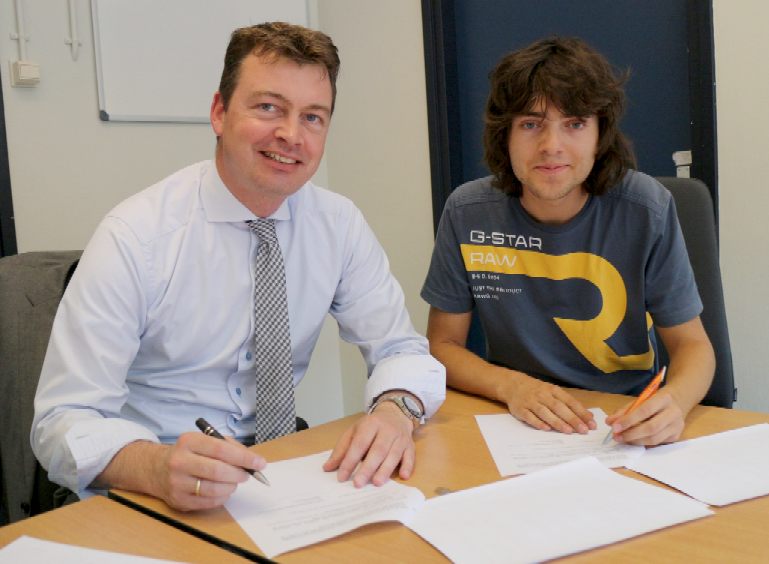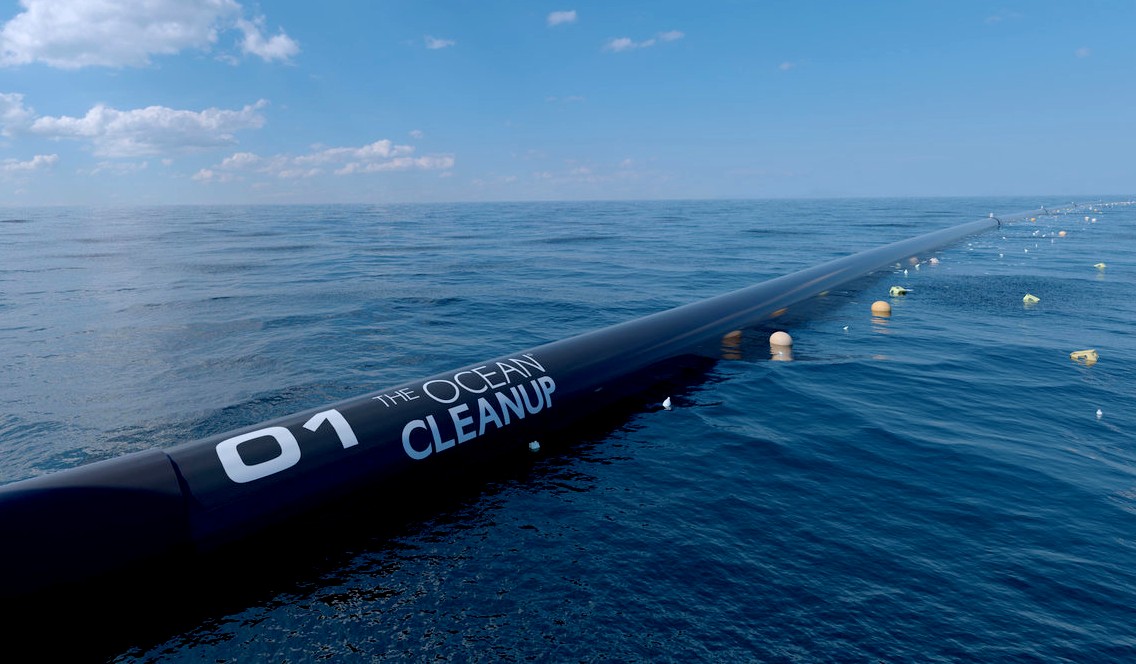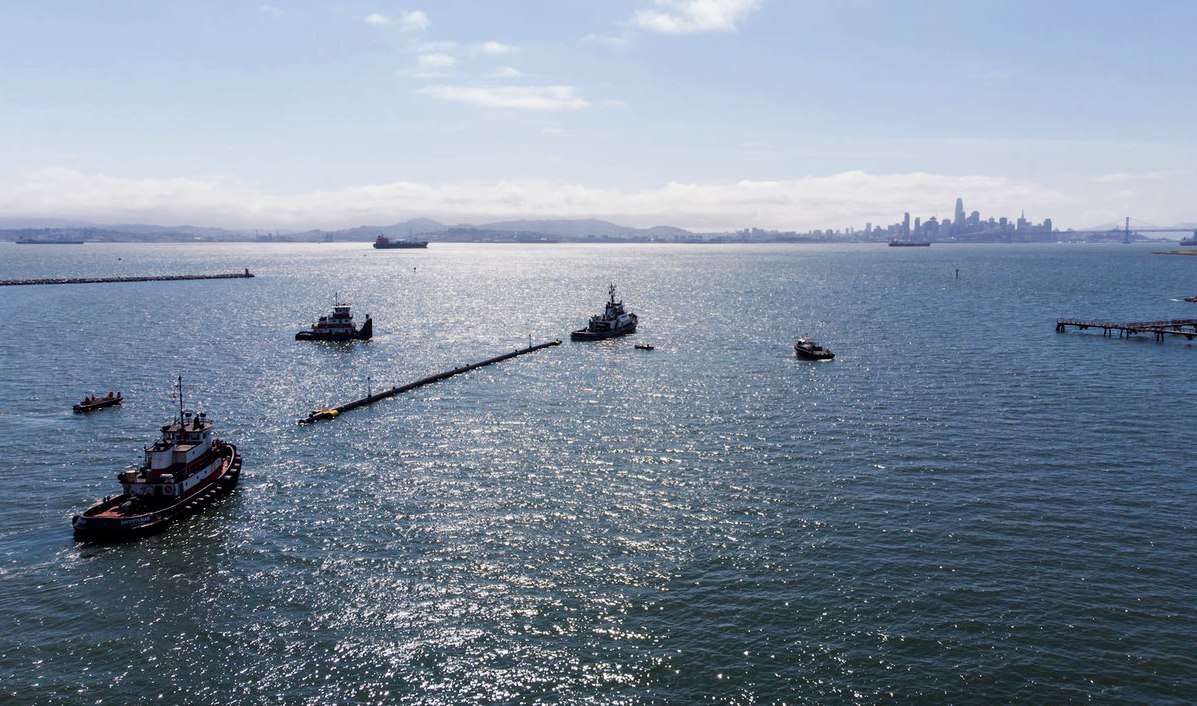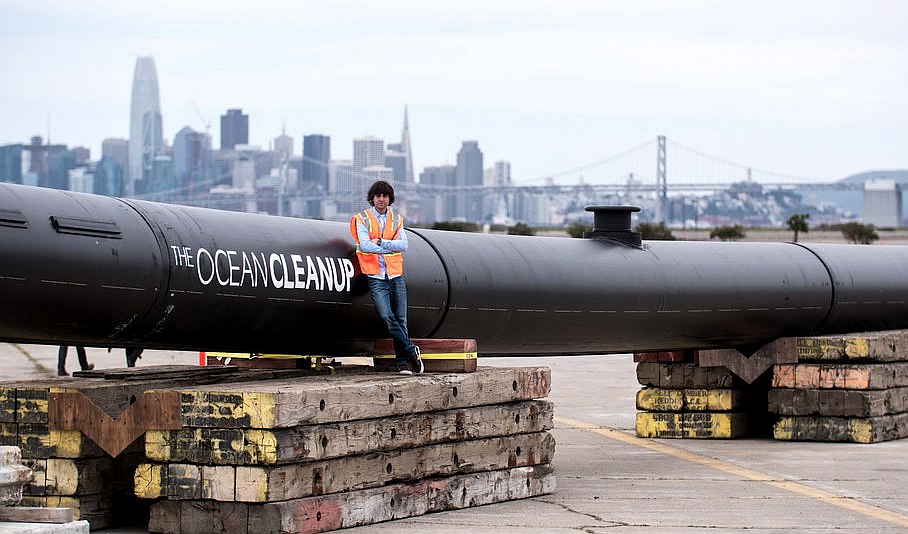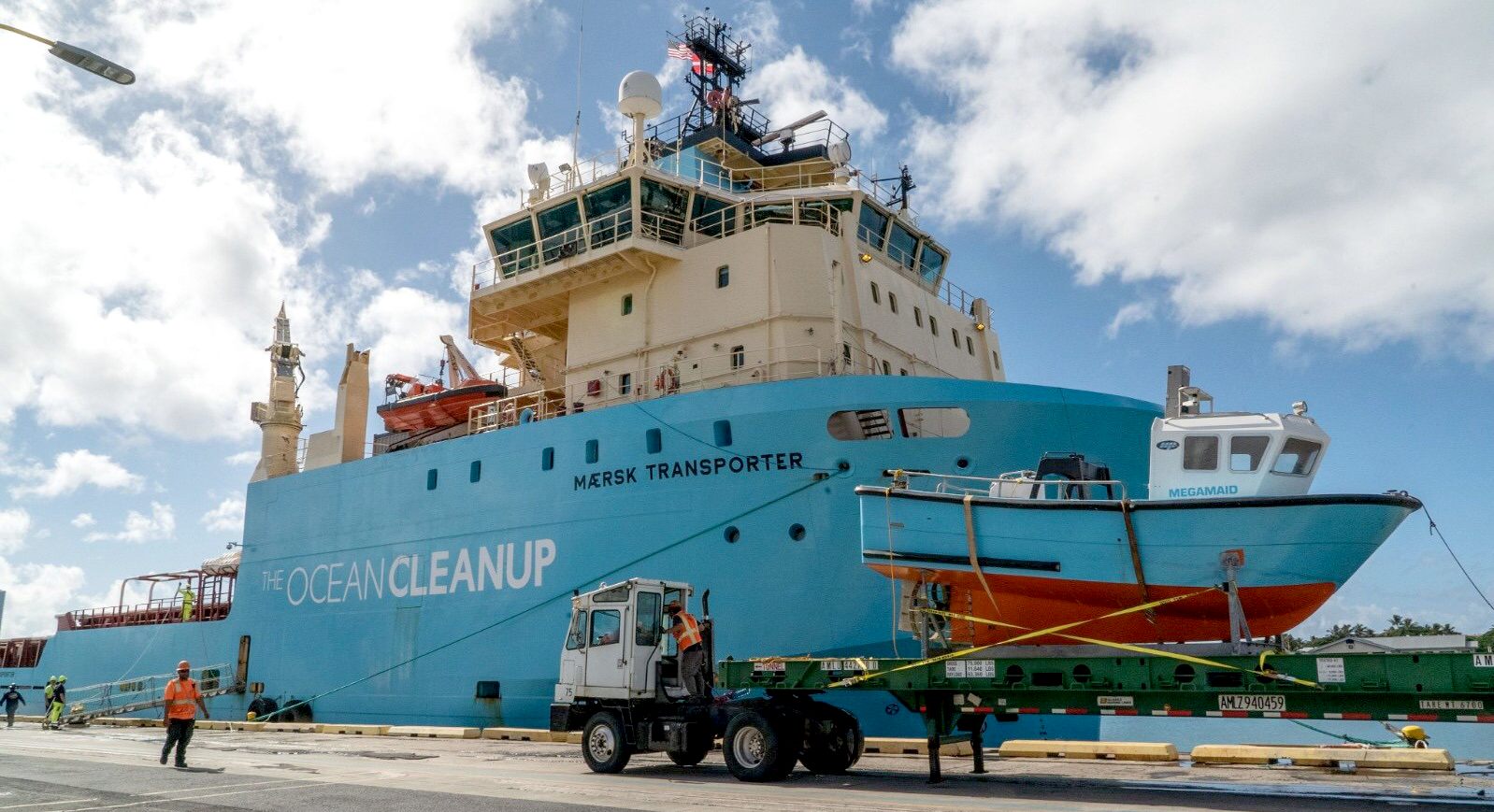|
2013 THE OCEAN CLEANUP PROJECTS
PLEASE USE OUR A-Z INDEX TO NAVIGATE THIS SITE
|
|
On
15 July 2013, USG Engineering Professionals in the Netherlands signed a
partnership agreement with The Ocean Cleanup Foundation. The Ocean Cleanup
came up with a method to extract seven billion kilograms of plastic from the
oceans in just five years. USG Engineering Professionals will provide project
management staffing for the feasibility study the foundation is currently
performing.
Slat proposed the cleanup project and supporting system in 2012. In October, Slat outlined the project in a TED-talk.
The organization conducts scientific research into oceanic plastic pollution. It was founded in 2013 by Boyan Slat, a Dutch-born inventor-entrepreneur of Croatian origin who serves as its CEO.
The initial design consisted of long, floating barriers fixed to the seabed, attached to a central platform shaped like a manta ray for stability. The barriers would direct the floating plastic to the central platform, which would remove the plastic from the water. Slat did not specify the dimensions of this system in the talk.
The Ocean Cleanup is non-government engineering environmental organization based in Netherlands, that develops technology to extract plastic pollution from the oceans.
Boyan Slat is not alone in the fight against ocean plastic. These emerging technologies could all play a part in containing the mountain of plastic that is accumulating on the oceans floors, by recovering floating debris before it sinks. New ideas are welcomed.
PROJECT HISTORY 2012 - 2021
2021 - Qualified success Sept 16 (Reuters)
OCEAN CLEANUP PROJECTS
* Aliance to end Plastic Waste * Boyan Slat's ocean booms * 4Ocean recycled plastic bracelets * Seabin * SeaVax autonomous drones
LINKS & REFERENCE
https://theoceancleanup.com/
WIND
AND WAVES
-
The floating boom systems are designed to capture plastics ranging from small pieces just millimeters in size, up to large debris, including massive discarded fishing nets (ghost nets), which can be tens of meters wide.
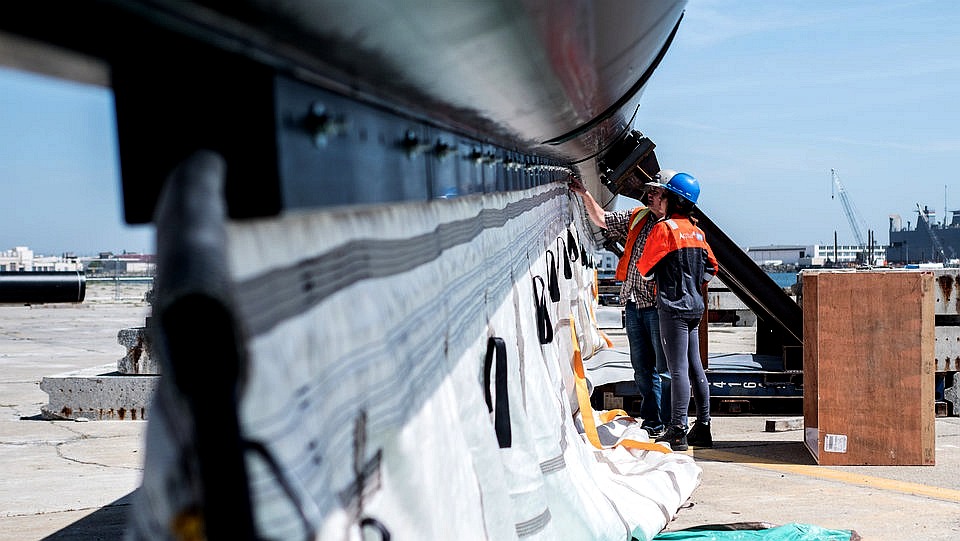 |
|
|
ABS - BIOMAGNIFICATION - CANCER - CARRIER BAGS - COTTON BUDS - DDT - FISHING NETS HEAVY METALS - MARINE LITTER - MICROBEADS - MICRO PLASTICS - NYLON - OCEAN GYRES - OCEAN WASTE PACKAGING - PCBS - PET - PLASTIC - PLASTICS - POLYCARBONATE - POLYSTYRENE - POLYPROPYLENE - POLYTHENE - POPS PVC - SHOES - SINGLE USE - SOUP - STRAWS - WATER
PLEASE USE OUR A-Z INDEX TO NAVIGATE THIS SITE
|
|
|
This website is provided on a free basis as a public information service. copyright © Cleaner Oceans Foundation Ltd (COFL) (Company No: 4674774) 2019. Solar Studios, BN271RF, United Kingdom. COFL is a company without share capital.
|
